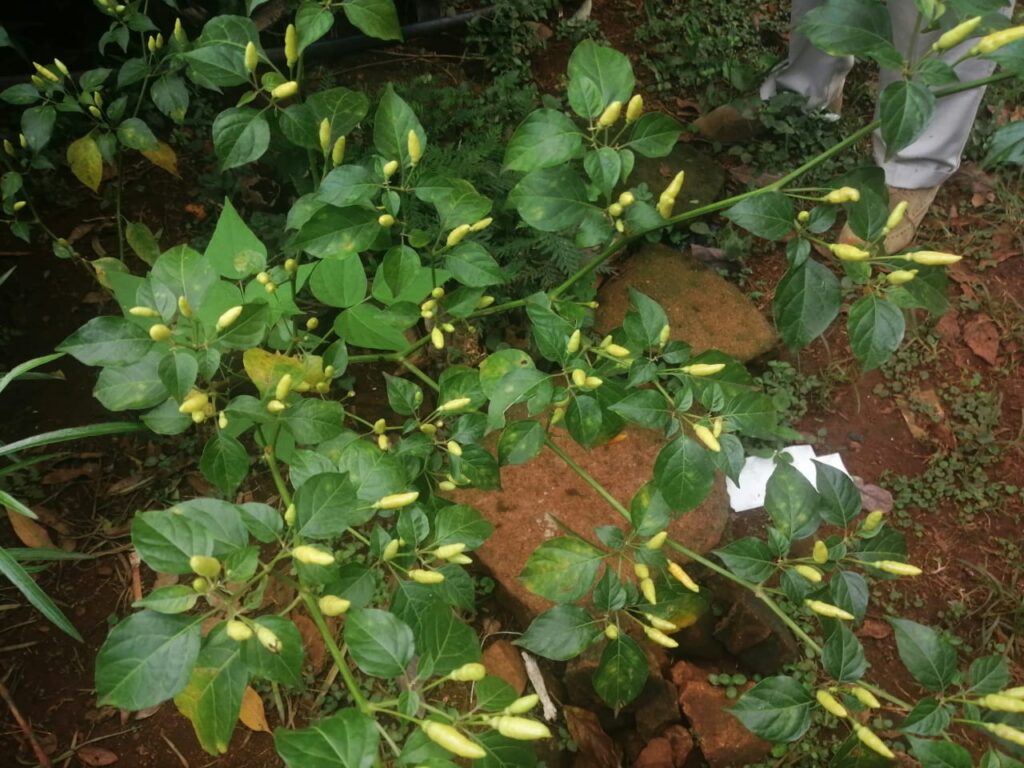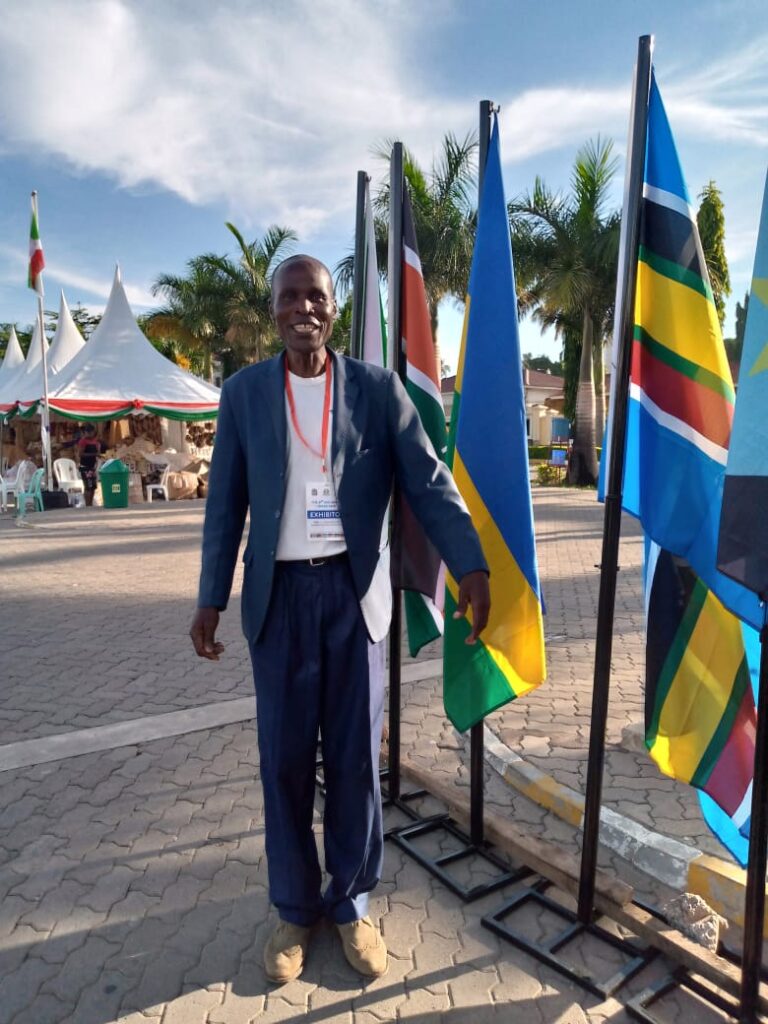For over 6, 000 years, pepper has been used in many households as an additional spice that brings out a ‘hot taste’ in food.
But for Elisha Oliech, there is much more to this fruit than just flavouring food.
“This is a pain reliever,” says the 57 year old.
His love for nature pushed his interest for herbal medicine, and he is now using ‘pilipili’ (chilli), more, for medical purposes.
Anytime our chicken got sick, my father never made any visit to the vet. He prayed
Mr Oliech
The herbalist from Koyoo village in Owade, Oyugis has been in the business for about five years.
He advocates for natural ways to cure body ailments.
And his recent venture into pepper medication has earned him attention from locals and the surrounding neighboring towns.
How it all begun
“Anytime our chicken got sick, my father never made any visit to the vet. He prayed,” said Oliech.
During his childhood, he says people from across the Nyanza region visited his grandfather for herbal concoctions.
While his dad was a strong Christian who believed in prayers, his grandfather was a herbal warrior.
These two belief systems haunted him for a while. He could not point out whose was right.
He combined both, prayers and herbal medication.
Out of his father’s preference, he pursued a course in Education, becoming a high school teacher.
Later in life, he chose to pursue another course in Botany.
His grandfather was only acquainted with the traditional aspects of herbs, hence Oliech felt he needed an advanced scientific knowledge on the subject.

The herbal game
His first project was making eucalyptus balm which was meant to help women who had developed respiratory issues.
This came after inhaling smoke that didn’t undergo complete combustion.
The impact of the remedy gave him the heart to continue. He grabbed the opportunity to study other common diseases affecting people in his community.
Arthritis was one of the common diseases in the village, and through his personal research, he discovered that paper ointment could help.
He claims the idea was introduced to him by a medical doctor who worked with a global health organization at the time.
“He (the friend) told me that most of the ointments used for massages contain chili,” said Oliech.
“We went ahead and bought chili and oil, and he taught me how to make the ointment,” he added.
He took an initiative to have them planted in his compound to supplement what he purchased from the nearby markets.

How pepper ointment works
The ingredients required for the procedure are hot pepper, carrier oil and wax.
The chili is first ground to finer particles and mixed with a preferred carrier oil in the ratio of 1:4.
The mixture is then stirred in a hot water bath for about two and a half hours. This is meant to allow the capsicum component present in chili to bes absorbed in the oil.
Wax is then added at a given temperature or when the set time is almost complete. The mixture is then removed to let it cool, later on for packaging.
Oliech believes in using natural preservatives and any other additional component.
What experts say
According to Nicholas Otieno, a physiotherapist at Jobefar Medical Centre, certain components are needed when making any massage gel.
“Most of these massage gel are made from diclofenac with some additional scent. Once we see this component, then we can recommend,” explained Otieno.
He confirmed that there are major properties to consider while choosing a massage gel. They include permeability to the skin, ability to relieve pain and if it’s anti-inflammatory.
“If chilli pepper can relieve pain and penetrate the skin, then we can say it is good,” he added.
Testimonies
So far seven people have benefited from Oliech’s initiative.
The herbalist is passionate about training people who are interested and determined. He therefore charges a given fee due to investments he has made overtime.
Edwinah Obuya, a resident of in Rabuor, Kisumu has been Oliech’s client.
“In my bid to pursue Cosmetology, I developed an interest in the area of massage and became well versed in the area,” she confessed.
Later on she met Oliech who introduced the pepper concept.
During the recent Africities Summit in Kisumu, Ms Obuya was able to showcase the product and make profit from the sales.
As a team they are planning to attend the East Africa Trade Fairs to Uganda in December.

Setbacks
Despite the huge potential in the business, Oliech says the biggest challenge is lack of capacity to produce the product in bulk.
For his products to be in a larger market, he requires a production room for finished and unfinished products, toilet and store room.
He echoes that drying and storage is very significant for this process.
“When these are in place, it will help to certify my products for health purposes,” he said.
He says he is a determined man who’s always striving to remain relevant. He desires to see people eat food as medicine.
